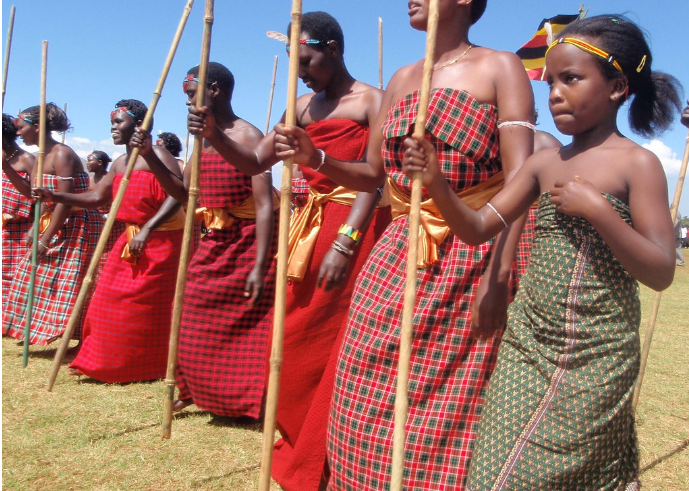By Fr Edward Kanyike MCCJ
Initiation is a rite of passage. It is a series of rituals which change the status of the human person. There are mainly three stages in African life: birth, adulthood and death. In birth, one comes from the unknown world to the social one; in adolescence, one passes from childhood to adulthood while death is a passage from the social world to the spiritual one. Between those three are other rites of passage like: marriage, becoming a chief, priest, heir, or medicine man/woman.

Any rite of passage consists of three different phases:
Separation during which the candidate is taken away from society to a ‘hidden’ place’. One is seized, beaten, chased away, or stolen, depending on the tribe. The second phase is one of seclusion. The candidate is ‘closed up’ in a hut, bush, forest, or jungle, depending on the place. It is during this period that the candidate is transformed into what society wants him/her to be. It is marked by purification, teaching, consecration and sometimes suffering and hard work. For those who do initiation in the wild, it is a return to the origins which is always beneficial and a way of playing human history.
Long ago, man moved from nature (forest, jungle) to culture (village, house, wife, cooked food). The candidates return to the pre-cultural period, to be re-born into culture. Rituals which depict death and resurrection are carried out to this effect. The third phase is called aggregation or integration. It is usually an occasion for feasting, rejoicing, exchange of gifts and dancing. Some initiations are painful and even dangerous and having gone through them is a survival and triumph. Should a candidate die in the bush or forest of initiation, the body is not brought home for burial because somehow, he/she neither a child nor an adult; is a nobody. It is to be noted that during the whole period of initiation, the parents of the candidates have to abstain from conjugal unions.
The reason behind this is that for Africans, sexual abstinence has the power to protect life when it is in danger. In the case of death, since the candidate is physically (not spiritually) inactive, the three phases are played by the immediate members of the family. At separation (when the death is announced and every time the body has to be lifted from one place to another) there is great wailing. During seclusion (when the body is being washed and dressed) there is silence and sometimes instructions for the mourners who cannot leave the home or carry on activities that have nothing to do with the funeral.
The aggregation is the so-called second funeral marked by feasting. It is believed that the deceased has completed the journey to the ancestors. He/she is called back to the family as a life-giving spirit and given an heir or heiress. The mourning days are concluded with a great feast. In societies that carry out circumcision, like the Bagishu, the Sebei and Pokot in Uganda, initiation into adulthood is marked by circumcision. Some tribes circumcise both boys and girls.
As the Bagishu song goes: Sheta omwana afani babawe, meaning: cut the child (son) that he may be like his father. He will be a father imbued with all the qualities that society invests in men. He will be a courageous leader. This is why he carries a stick or an oxtail, symbols of leadership and courage. In fact, for the Bagishu, the whole process of initiation is very similar to military training. In some societies, circumcision or excision is deliberately made as painful as possible. Such tribes want their menfolk to be as courageous as possible to fight off enemies from neighbouring tribes.
The braver the boys while the knife cuts through their bodies, the greater the joy of the society to which they belong and the more the gifts they receive. Society celebrates not only the fact of having more adult members in its midst but also the survival of the tribe, thanks to the bravery of its menfolk. Women also need to learn how to endure pain.
Childbirth is a painful affair and living under sometimes cruel husbands need preparation in a hard school. Moreover, some female circumcisions suppress sexual pleasure to a certain degree. It therefore reduces the tendency to adultery for women and minimises the risks of fighting over women for men who are warriors and almost always armed.
Initiations that involve female genital mutilation have been condemned by modern society for the suffering and trauma they inflict on the girl child, the unnecessary reduction of sexual pleasure for women and the fact that they sometimes increase the pangs of birth. While this condemnation can e justified, very few tribes have dropped it despite the propaganda against it and the State laws that prohibit it. Cultural practices are to be solved culturally. To change them, dialogue with elders, kings, or chiefs would do better than propaganda and State regulations.
















